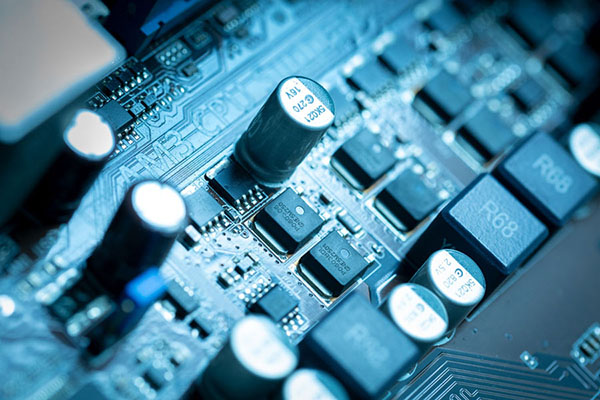The Internet of Things (IoT) has become an integral part of our daily lives, with a wide range of devices connecting to the internet and sharing data. One of the most crucial components of an IoT device is the Printed Circuit Board (PCB), which provides the electrical connections that allow the device to function. With so many different PCB technologies available, choosing the right one for your IoT project can be a challenge. In this article, we will discuss the factors you should consider when selecting a PCB technology for your IoT devices.
Size and Form Factor:
IoT devices are often small and compact, so it’s essential to choose a PCB technology that can accommodate the limited space. Rigid-flex PCBs and flexible PCBs are excellent choices for IoT devices because they can be designed to bend and conform to the device’s shape, allowing for a more compact design. Additionally, these types of PCBs can be stacked to create a multi-layer design, which can further reduce the overall size of the PCB.
Weight and Durability:
IoT devices are often used in harsh environments, so the PCB must be durable and lightweight. Rigid-flex PCBs and flexible PCBs are lightweight and can withstand vibration, shock, and temperature extremes, making them ideal for IoT devices.
Power Consumption:
IoT devices are typically battery-powered or powered by limited energy sources, so it’s crucial to choose a PCB technology that minimizes power consumption. A multi-layer PCB can reduce the number of components and connections, which in turn reduces power consumption. Additionally, using a high-quality PCB manufacturing process, such as via hole plating, can help reduce power loss and improve the overall efficiency of the device.
Signal Integrity:
IoT devices rely on accurate and reliable data transmission, so it’s essential to choose a PCB technology that ensures signal integrity. A multi-layer PCB can help reduce crosstalk and interference between signals, improving the overall performance of the device. Additionally, using high-quality conductive materials and proper shielding can help maintain signal integrity and prevent data loss.
Scalability:
As IoT technology continues to evolve, it’s essential to choose a PCB technology that can scale with your device. A multi-layer PCB can be easily modified or upgraded, allowing you to add new features or components to your device as needed.
Cost:
Cost is always a consideration when choosing a PCB technology. Flexible PCBs and rigid-flex PCBs are generally more expensive than traditional rigid PCBs, but they offer many benefits that can outweigh the higher cost. When comparing the costs of different PCB technologies, it’s essential to consider the overall lifecycle of the device, including manufacturing, assembly, and maintenance.
In conclusion, choosing the right PCB technology for your IoT device is essential for its performance, reliability, and cost-effectiveness. When selecting a PCB technology, consider factors such as size, weight, power consumption, signal integrity, scalability, and cost. By carefully considering these factors, you can choose the best PCB technology for your IoT project and ensure its success.



